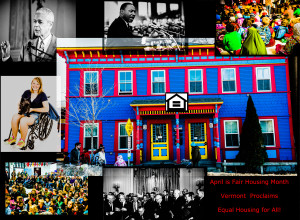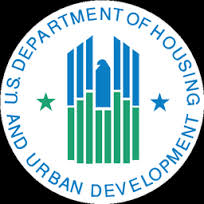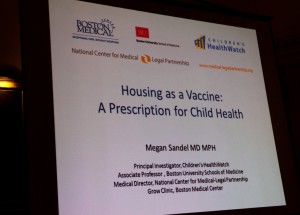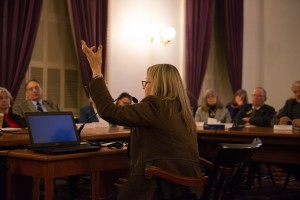- Read about more ways to support AAPI community members from the Vermont Human Rights Commission below and see the statement from VT APIDA for Black Lives Group calling for state and federal action.
The Champlain Valley Office of Economic Opportunity grieves for and stands with the victims, their families, and the entire community in Atlanta. We feel the burning pain of the intolerance, misogyny, and racism that led to these eight tragic deaths. We stand up in protest to their murders because we cannot bear to see racism, misogyny, or any other manifestation of intolerance exist and spread further fear. This has to stop.
To you, our Asian and Asian-American community members, you are our next-door neighbors; you are our co-workers, your children are our children’s classmates. We are each a part of one another. We see you. We see your strength. We see you rise, day after day, to make our community stronger. We see the many ways you contribute to and help lead our community. We see you making Vermont more inclusive and stronger every day.
When someone dies, we are called to remember how important and sacred life is. We must continually recommit to shared values that ensure safety, equity, and a more just society for all. At CVOEO, we strive to help build a diverse, fair, equitable, and unbiased society by providing support to individuals in meeting their needs and reaching their goals. We know that your safety is our safety and your freedom is our freedom. We are all in this life together.
As an organization, CVOEO will continue to take action to move towards a just society. We will continue advocating for policies, education and resources that dismantle racism. To our Asian and Asian-American community members, and our BIPOC and LGBTQ plus community members: We see you! We believe in your dignity, resilience and strength and we stand with you; you are part of us.
To people across Vermont we invite you to join with CVOEO as we strive towards a fair, equitable, and just society where each individual, regardless of their skin color, gender, sexual identity, religion, income level, or political affiliation, belongs.
Vermont Human Rights Commission Statement Against Asian American and Pacific Islander Violence & Discrimination
Please also see the recent statement by the Vermont Human Rights Commission in solidarity with Asian American and Pacific Islander (AAPI) community members. HRC’s statement includes:
- Statistics on incidents of hate, violence, harassment, discrimination, shunning, and child bullying against AAPI in the United States over the past year: 3,795 incidents, ranging from verbal harassment to physical assault. The Stop AAPI Hate Report paints only a sliver of what is happening on the ground because not all survivors of harassment, discrimination, and acts of violence come forward. There are many barriers to speaking out.
- A link to the recording of HRC’s May townhall “When Fear Turns to Hate: Addressing Racism in VT against Asian and Pacific Islander Communities.“
- Concrete ways to support AAPI community members in Vermont:
- On April 8th, from 5:30-7:30 p.m., join the Peace and Justice Center, SURJ, and the Vermont Human Rights Commission in a Bystander Intervention training. Register here: Meeting Registration
- If you are a member of the AAPI community and would like to stay connected to other AAPI community members e-mail Amanda.garces@vermont.gov to direct you to grassroots groups creating connection and community.
- If you experience harassment or discrimination, report it to Human Rights Commission or Attorney General’s Office.








